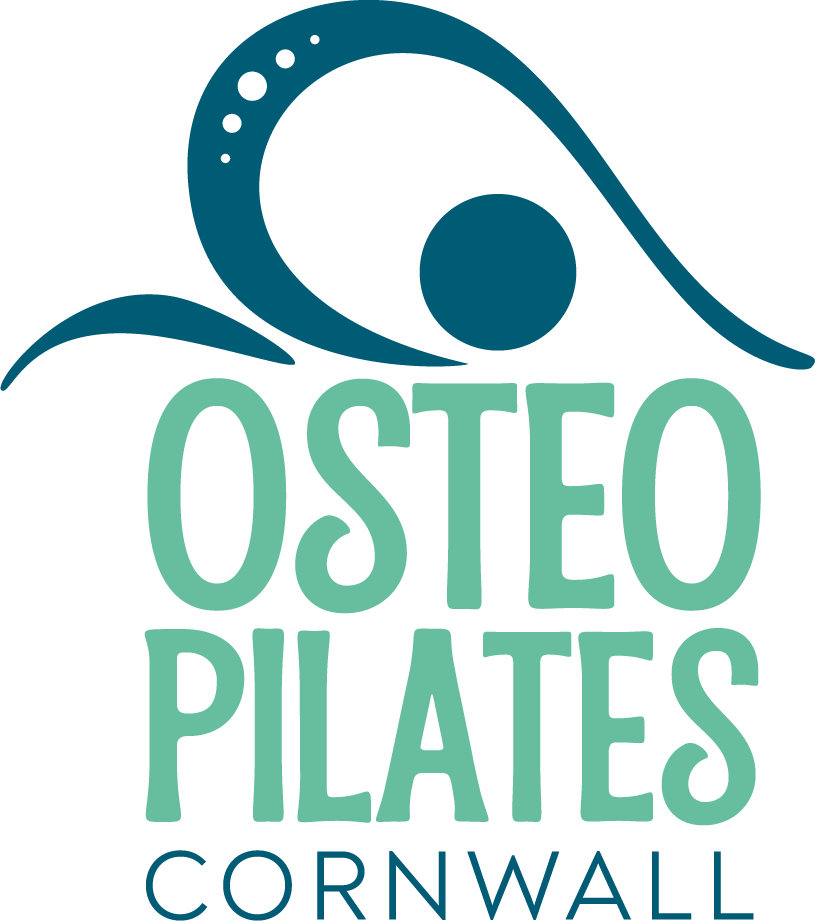Simple Steps to an Active Lifestyle
Life can be busy and often healthy habits are pushed to one side because we are tired, had a long day, feeling stressed or have gotten out of the habit.
“In Greater Manchester alone, inactivity-related illness is costing the NHS £500,000 a week. In fact, there are 250 million car journeys every year in Manchester that are less than one kilometre. And it’s not just Greater Manchester, the situation is the same across the UK”
(Chatterjee, 2019).
The true cost of inactivity: how does it impact the body?
NHS (2016) suggests that excessive sitting in linked with being overweight and obese, type 2 diabetes, some types of cancer, and early death.
Of course, it is important to find a balance between activity, exercise and rest. However, prolonged periods of sitting are thought to slow the metabolism which affects the body’s ability to regulate blood sugar, blood pressure and break down body fat.
Increasing activity and exercise is one method to reduce the risks of preventable diseases, such as Diabetes type 2 or Cardiovascular disease, or to minimise the effect of the diseases should they be already diagnosed.
“I just don’t have the time!”
The first item to consider is how to make everyday task more active.
Think:
“Can I do balance exercises whilst brushing my teeth?”
“How long will it take me to walk the stairs as opposed to taking the lift?”
“Can I do a few stretches whilst the kettle boils?”
“Stuck in traffic, what about those pelvic floor exercises?”
“Can I take this phone call whilst walking or standing?”
Other ways of increasing your activity levels or exercise:
Struggling to fit in exercise into your diary – put it in your diary and make it an appointment that you cannot miss.
Find an exercise form that you enjoy – it makes it much easier to stick to!
Try training with a friend or colleague - not only will it motivate you both, it can help you to keep on track and hold yourself accountable for exercise.
On tougher days remind yourself as to the positive reasons you started exercising.
Free NHS resources such as “Couch to 5k” – check out this link: https://www.nhs.uk/live-well/exercise/get-active-your-way/
What is are the accepted recommendations?
A mixture of aerobic and strength training (weights, Pilates, resistance training) is important for overall health for daily movement, building and maintaining bone and muscle health, to regulate sugar and blood pressure, and to maintain a healthy weight.
NHS (2016) recommends the following for adults aged 19-64:
At least 150 minutes per week of moderate aerobic activity (e.g. brisk walking, doubles tennis) AND strength exercises on two or more days a week that work all the major muscle groups.
OR
75 minutes of vigorous aerobic activity (e.g. jogging, fast swimming, rugby) AND strength exercises on two or more days per week that work all major muscle groups.
Where can I get more help?
If pain is preventing you from leading an active lifestyle, get in touch with one of the team to see how we could help you get back on track.
https://www.nhs.uk/live-well/exercise/get-active-your-way/
REFERENCES:
Chatterjee, R (2019) Dr Chatterjee - Making Movement Easier with Chris Boardman [Internet] Available from: https://drchatterjee.com/making-movement-easier-chris-boardman/ [Date Accessed: 09.02.19]
NHS (2016) Exercise - Why We Should Sit Less [Internet] Available from: https://www.nhs.uk/live-well/exercise/why-sitting-too-much-is-bad-for-us/ [Date Accessed: 09.02.19]
